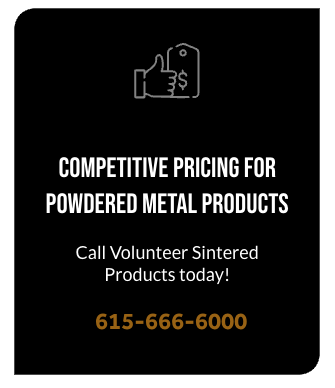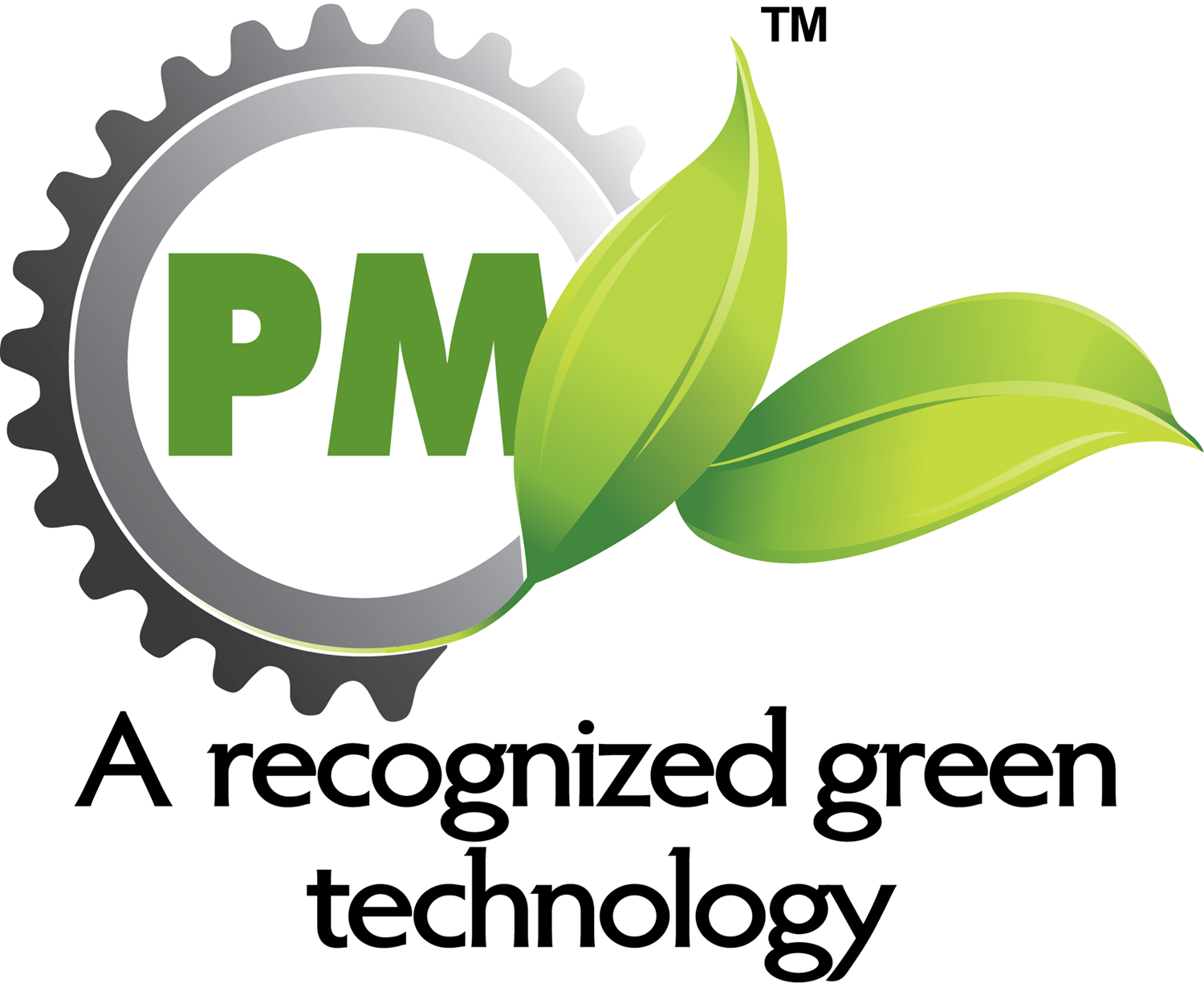Powdered Metallurgy
Advantages Of Powdered Metallurgy
Material Efficiency
Uniformity
Diversity of Materials
Controlled Porosity
Improved Mechanical Properties
Cost Effectiveness


Here at Volunteer Sintered Products, our three basic steps for producing conventional density parts by the powder metallurgy process are mixing, compacting, and sintering. A brief explanation of each step follows:
Material Efficiency
Uniformity
Diversity of Materials
Controlled Porosity
Improved Mechanical Properties
Cost Effectiveness

